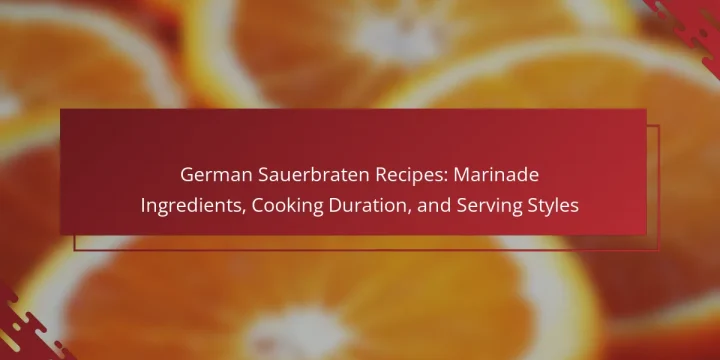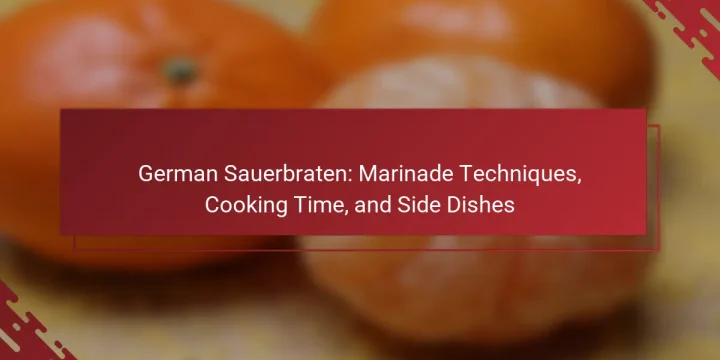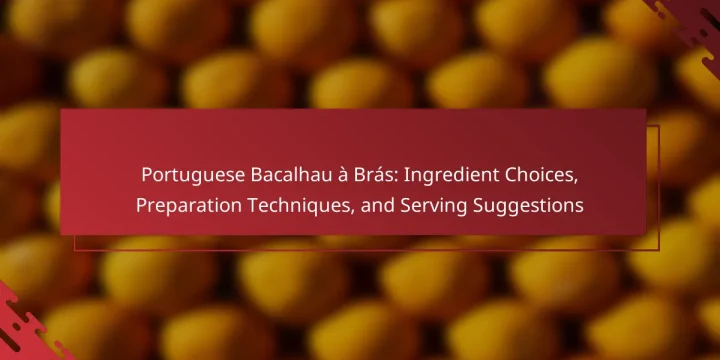
Dutch cheese refers to various cheese types produced in the Netherlands, renowned for their rich flavors and distinct varieties. Prominent examples include Gouda, which ranges from mild to sharp based on aging, and Edam, characterized by its milder and slightly nutty taste. Primarily made from cow's milk, Dutch cheese can also be crafted from goat and sheep's milk. The Netherlands has a longstanding cheese-making tradition that dates back to the Middle Ages. This article explores the flavor profiles of Dutch cheese, highlights its various types, and provides pairing suggestions with fruits, breads, and wines. What is Dutch Cheese? Dutch cheese is a type of cheese produced in the Netherlands. It is known for its rich flavors and diverse varieties. Common types include Gouda and Edam, each with distinct taste profiles.…







